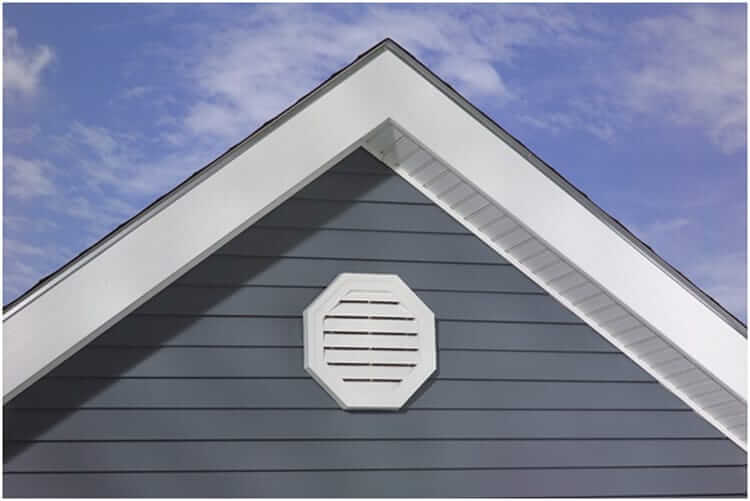It is a universally recognized fact that proper ventilation is necessary for all homes. In colder climates, venting maintains a colder roof temperature to avoid ice dams created by melting snow and disperses warm air from the living area that has risen to the attic. This is especially important to know if you live in the Greater Toronto Area (GTA), due to the prevalence of ice dams.
In hot climates, venting is necessary to expel hot air and reduce the cooling load to relieve strain on the air conditioning system. According to Wikipedia, ventilation removes unpleasant smells and excessive moisture; introduces outside air; keeps interior building air circulating, and prevents stagnation of the interior air. If you need improvements in this area, here are four ways to ventilate your roof. Most of these methods involve the installation of ventilation systems by roofing experts, and if you happen to live in the GTA, then Professional Roofers are probably your best option.
Whole house fans – also known as attic fans – may be installed on the roof to draw air out of the attic space and then blowthe air out to the exterior. The fan is controlled by a switch for the homeowner to use or can be thermostatically controlled, alternatively. A thermostat would detect the temperature in the attic space and automatically draw out the hot air when a preset temperature is reached. Solar powered options are also available depending on the location of the fan.
Gable vents are another option (and potentially the best). They are louvered vents installed in the ends of the home where the roof meets at a peak. They draw air out of the space while preventing moisture from blowing back in, which is a huge benefit. There is a huge selection available, allowing homeowners to provide decorative touches for the functional unit.
Soffits are another area where aesthetics meet functionality in home design. Soffits are the exterior area of your home that connect the siding of your structure to the roofline – also known as the eaves. Soffit vents allow air movement between the soffits and the ridge vents; these are the best for intake ventilation.
A ridge vent is a strip of ventilation installed right along the peak of the roof of your home. This involves cutting out a 1” wide strip of roof decking along each side of the ridgeline to allow air to move through the vent. These are considered the best exhaust vents as they allow no hot air to be trapped above them.
There are other options available also, i.e. louvered dormers, mushroom vents, etc. One or a combination of these ventilation systems can make all the difference in prolonging the health and life of your home. Before beginning any project, talk to a trusted and professional roofing company such as North York Roofer in Ontario, who has experience working in your area and who can confidently determine what is best for your specific situation. What is needed for the GTA would not be needed in Miami, where there is no worry of ice dams!




